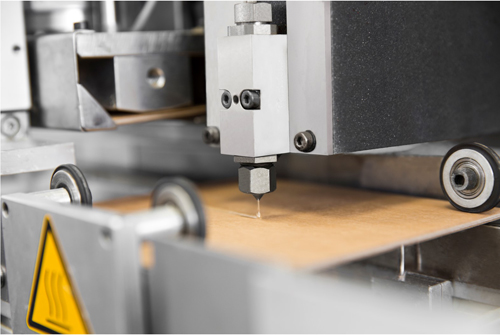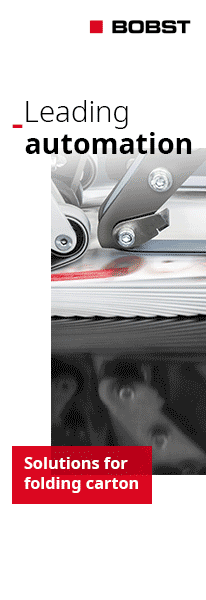Especially for the packaging industry, sustainability is one of the most discussed topics for the entire value chain. Therefore, new solutions need to find their way into the market to proactively push forward on lowering the overall CO2 footprint of the products as well as the production processes while increasing the usage of bio-based raw materials.
For Henkel’s Adhesive Technologies business unit, the introduction of solutions like the Technomelt Supra ECO range are a natural step. In many cases conventional hot melt adhesives for packaging applications already have a formulation of up to 50% bio-based raw material. Until this point, when the bio-based share of raw material was exceeding the threshold, process inefficiencies for producers like slower line speeds or shorter equipment cleaning cycles made it impractical to go further down this road. However, the teams at Henkel Adhesive Technologies were confident that they are able to achieve a solution that will enable a far higher sustainability rating without having to compromise on the process performance in production.
Sergio Mattos, Head of Product Development hot melt adhesives North America, Henkel, says, “With possibilities to exceed more than 80% of bio-based raw material input, without having to pull back on performance, we were able to create an innovative technology that will lead our industry into the future, as this is just the beginning. We put a clear focus on the maximum overall impact we can have for our partners, customers and the consumer with this new adhesive solution. In this way we are also able to push our partners along the value chain in the right direction of investing in these solutions as demand for this kind of adhesives will rise, especially against the background of the mass balance concept in which we strongly believe for the future of procurement.”
The company claims that during lifecycle analysis, the Technomelt Supra ECO range has already proven to be not only highly efficient, but also sustainable. “As we had a close look at the values we can deliver, we found out that our solutions are not only able to reduce CO2 output during procurement and production, but furthermore bind CO2 if you look at the overall balance for the global warming potential in 100 years (GWP100). We were happy when we saw the results of the calculations – a negative cradle-to-gate product carbon footprint is the best possible outcome,” Mattos concludes.




